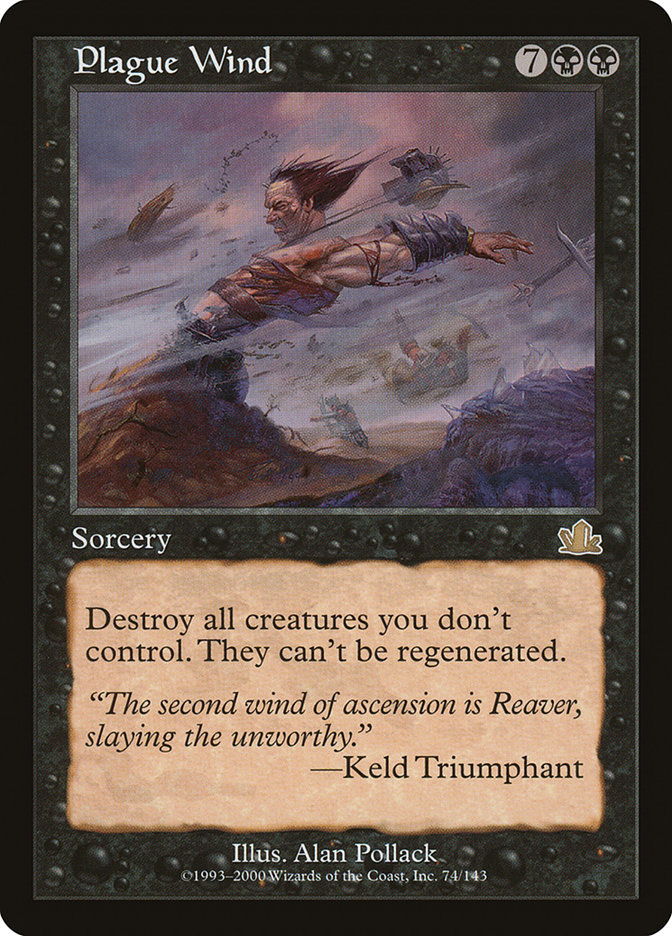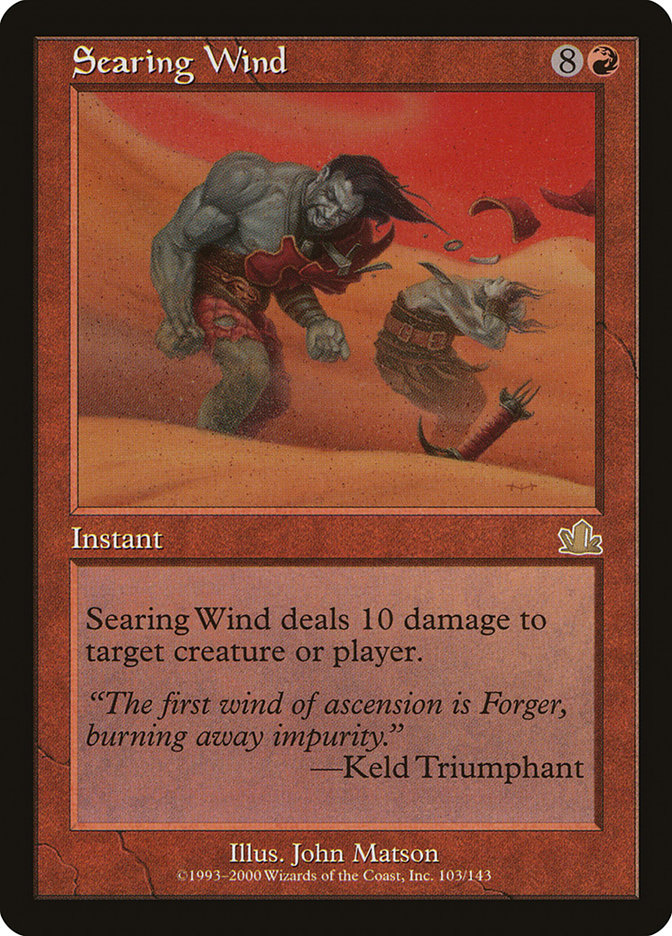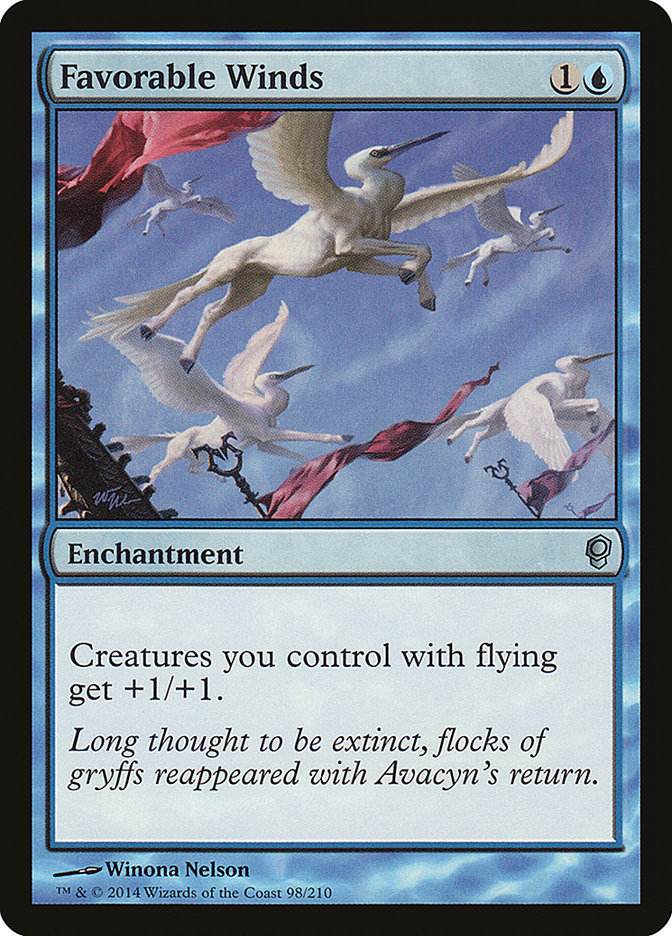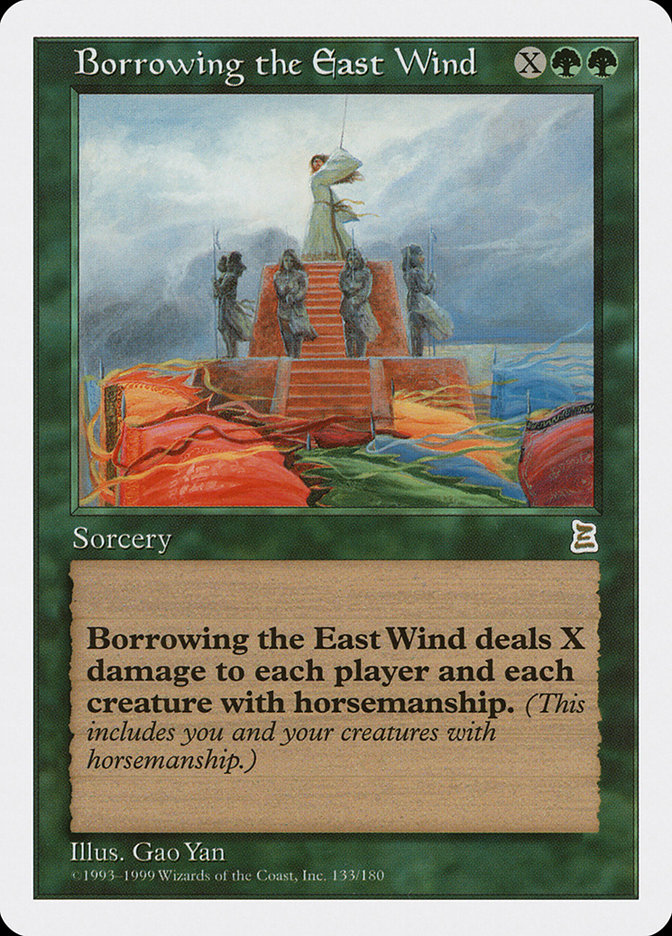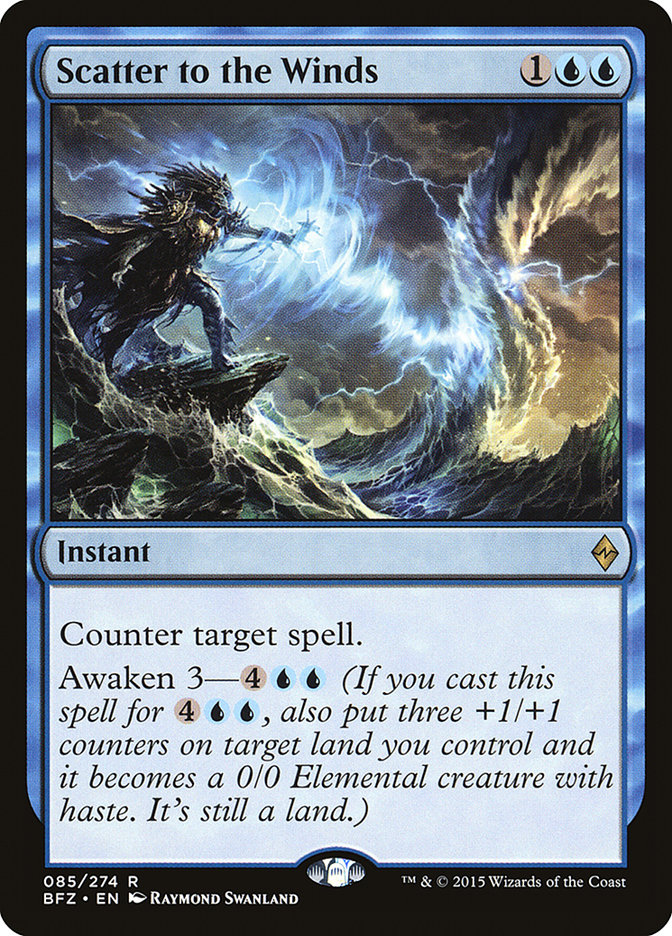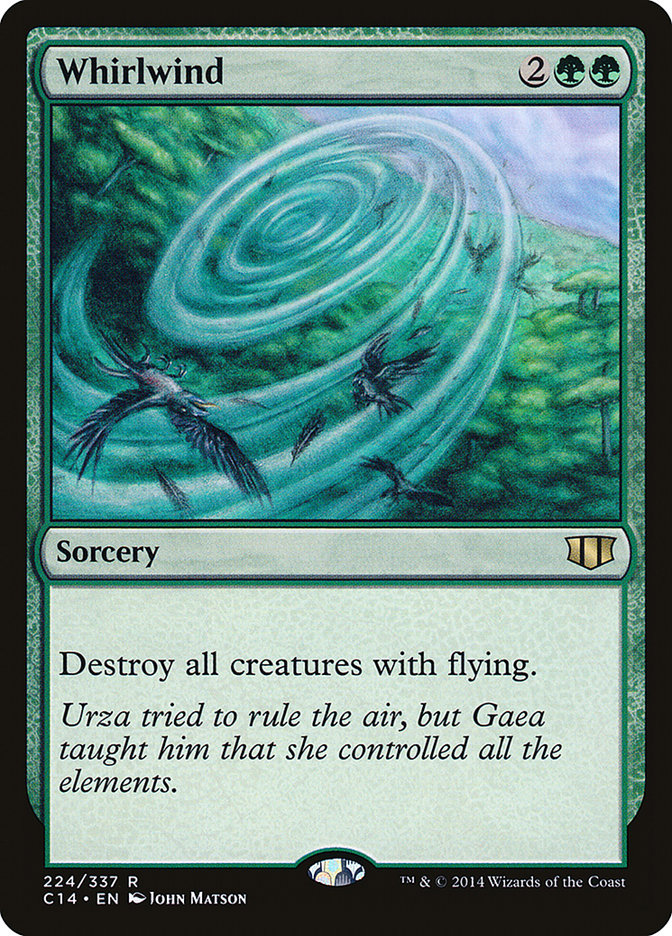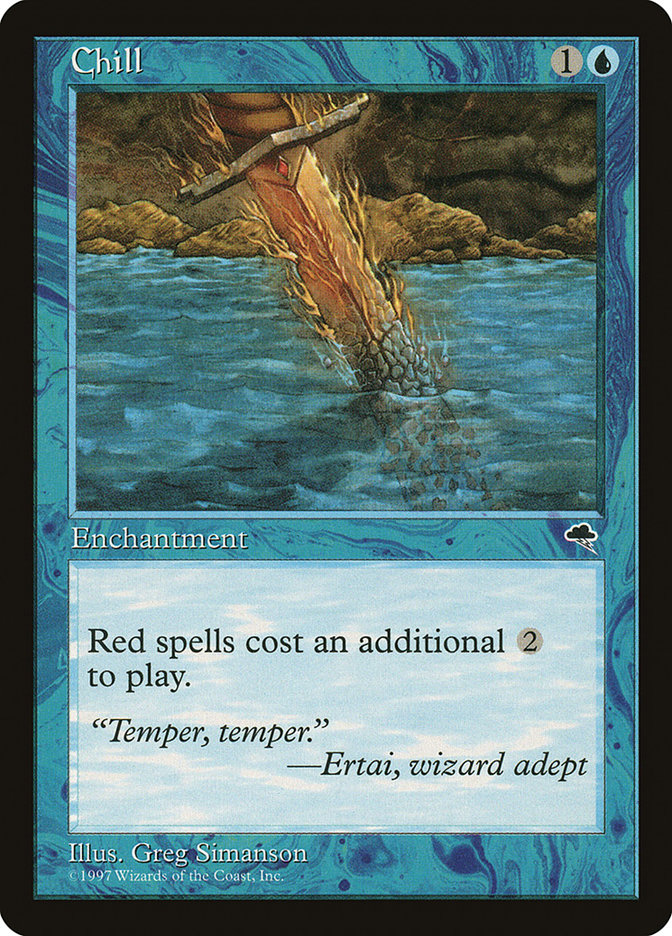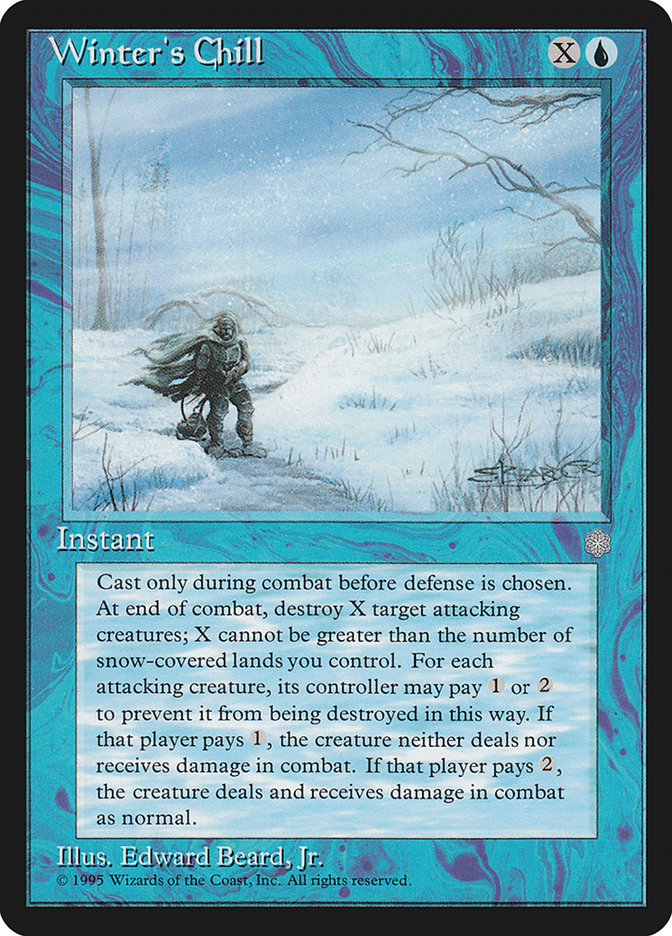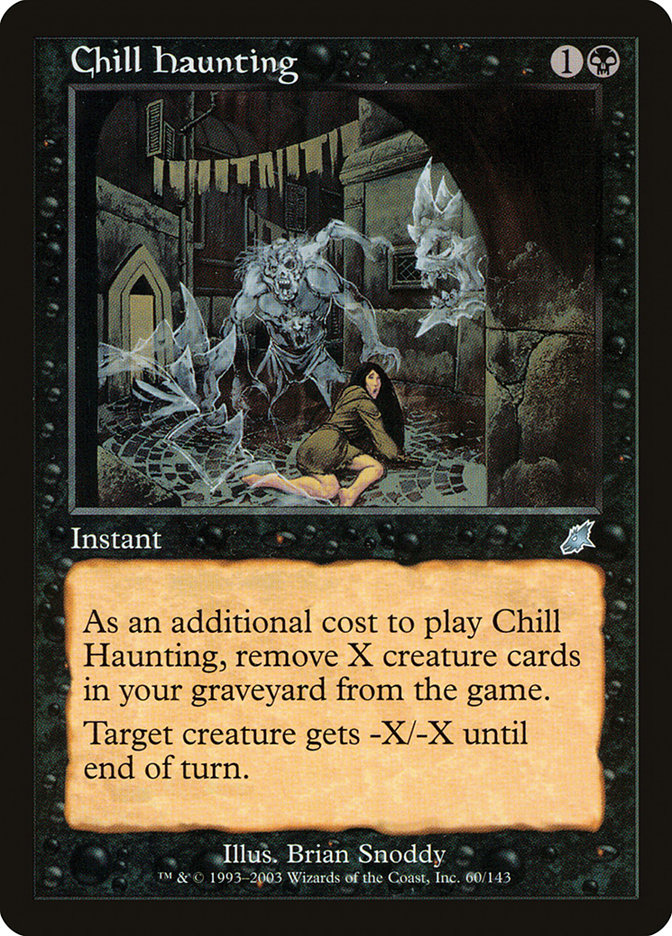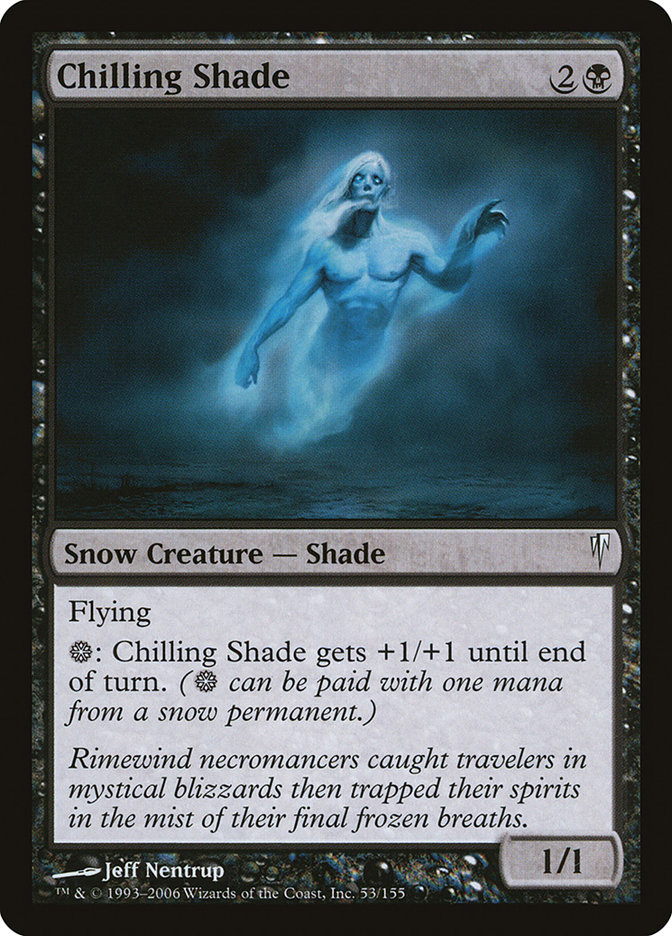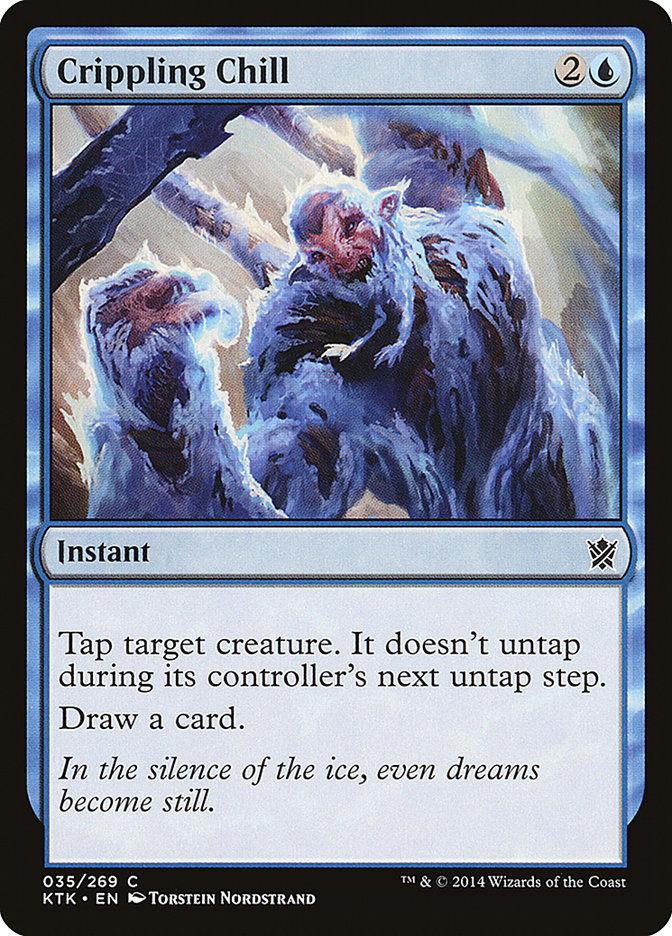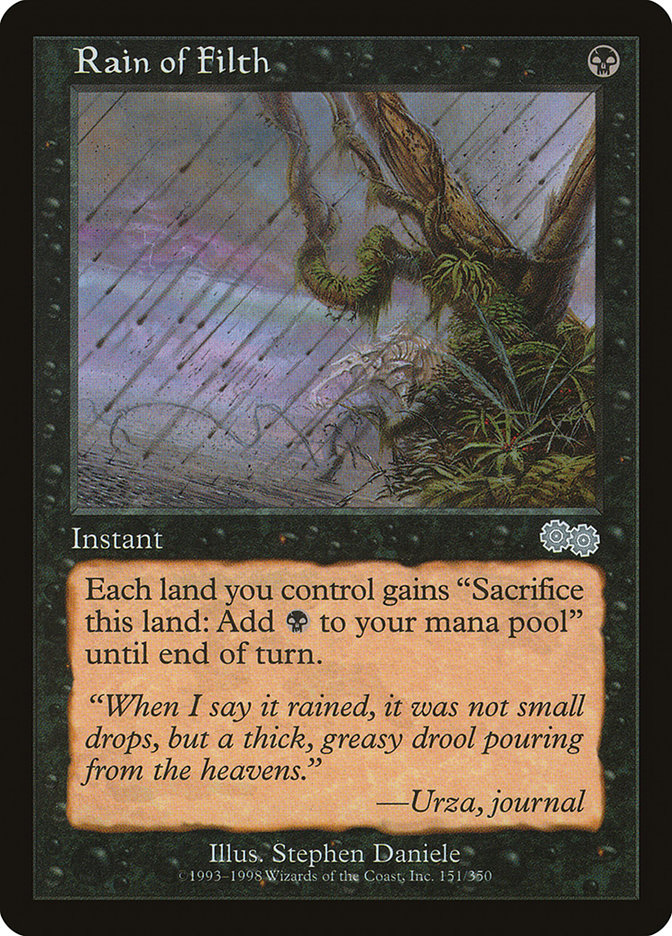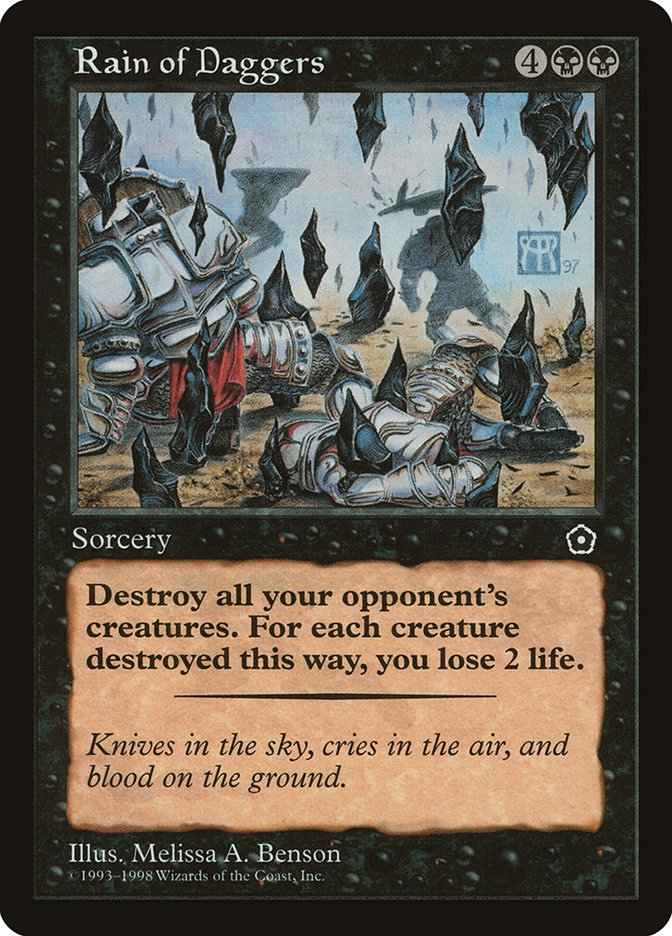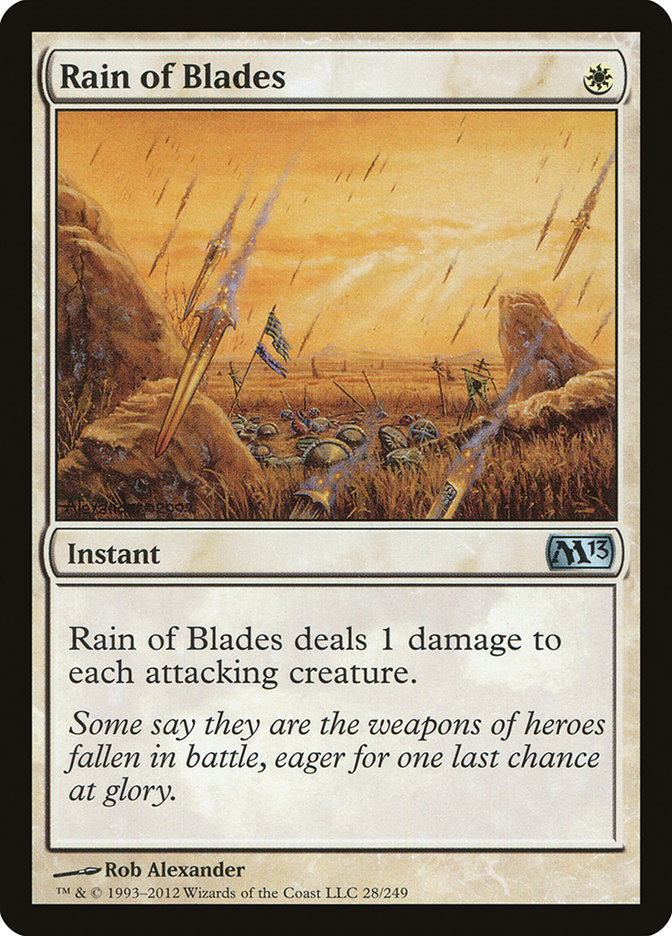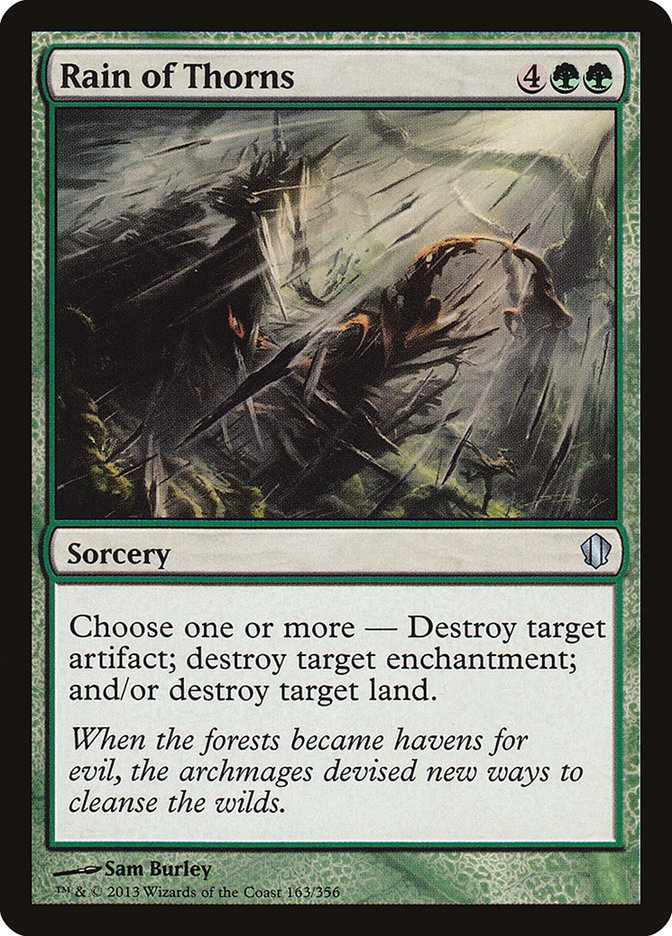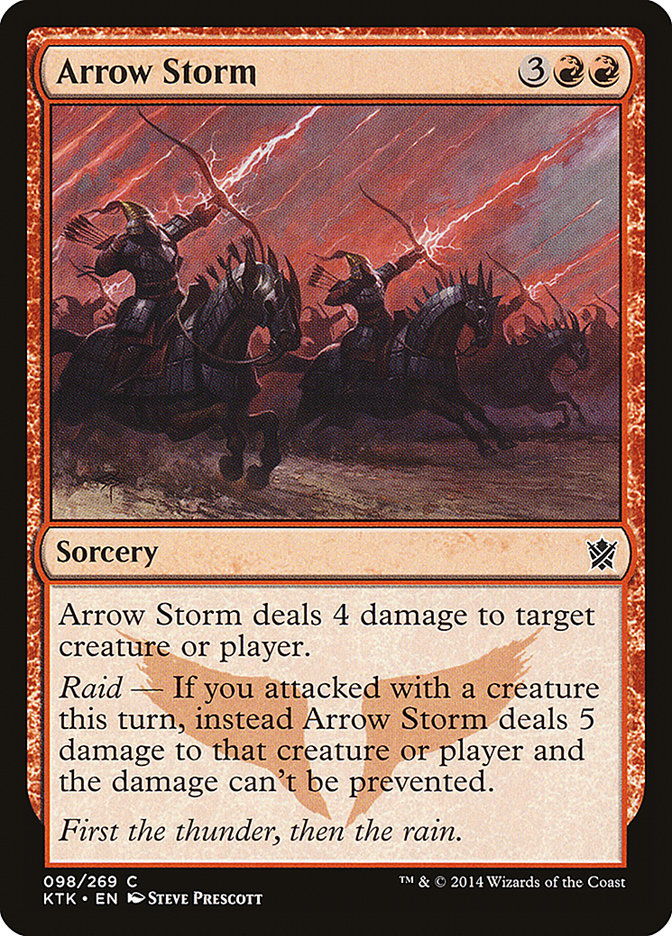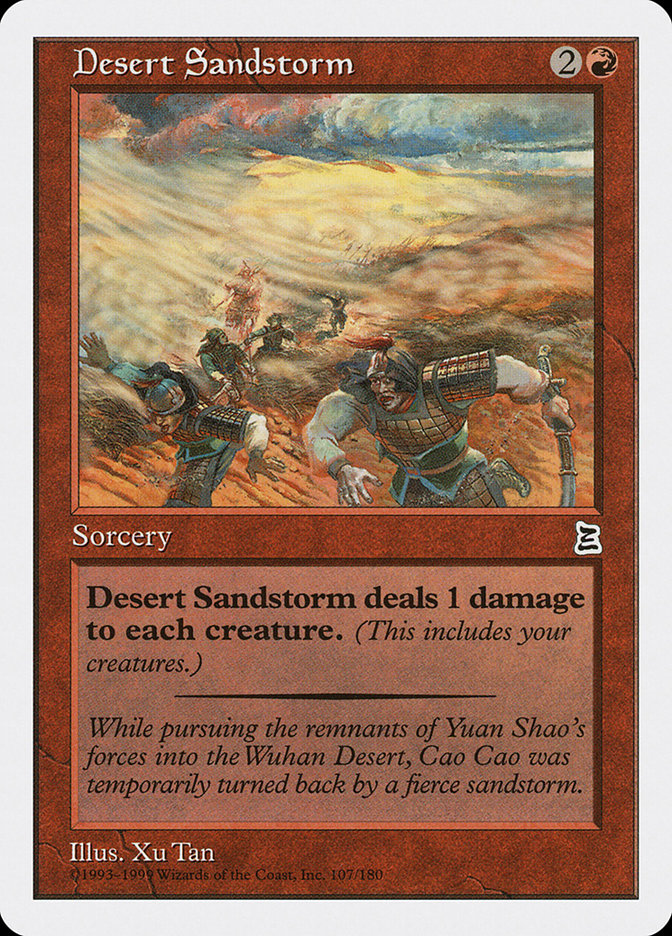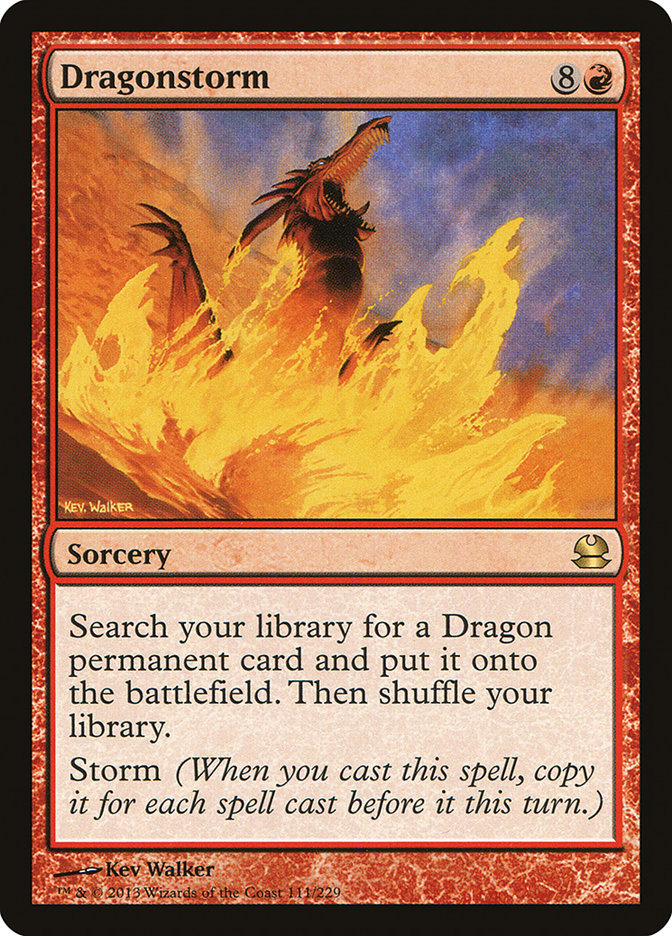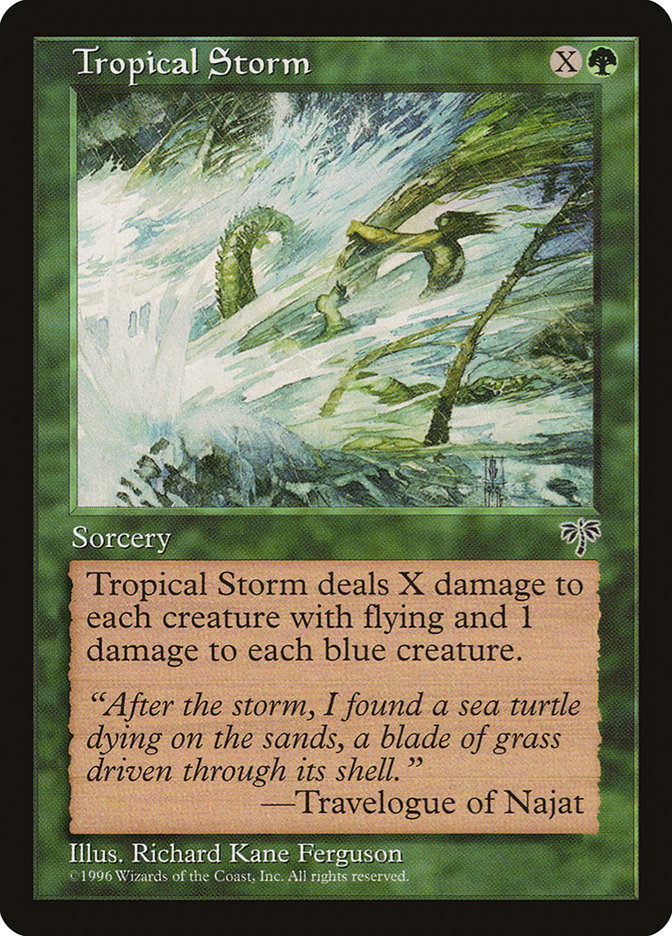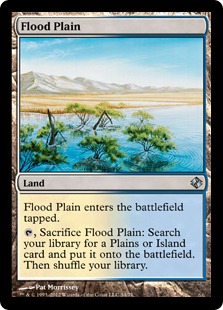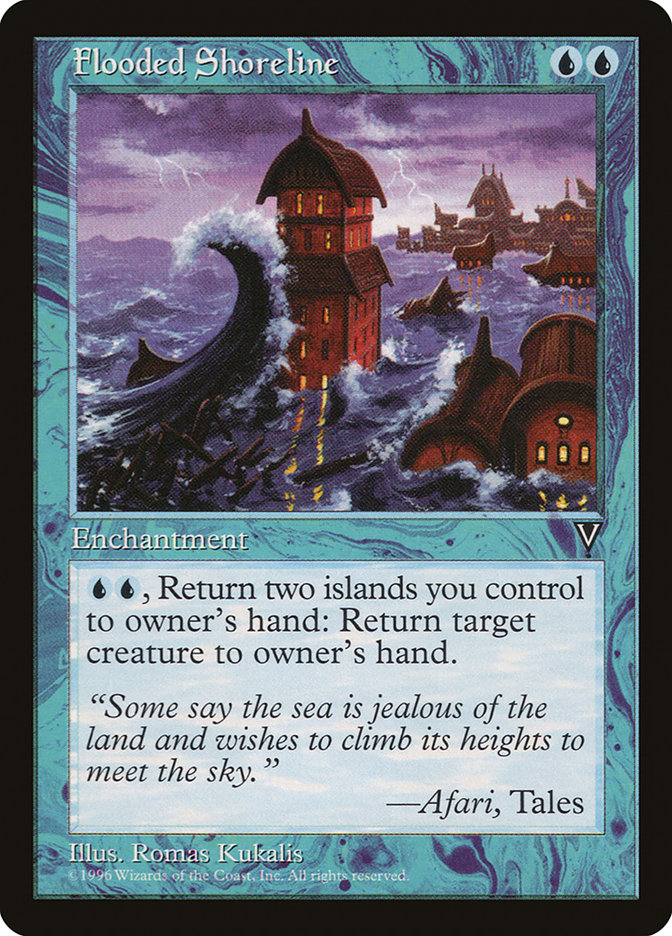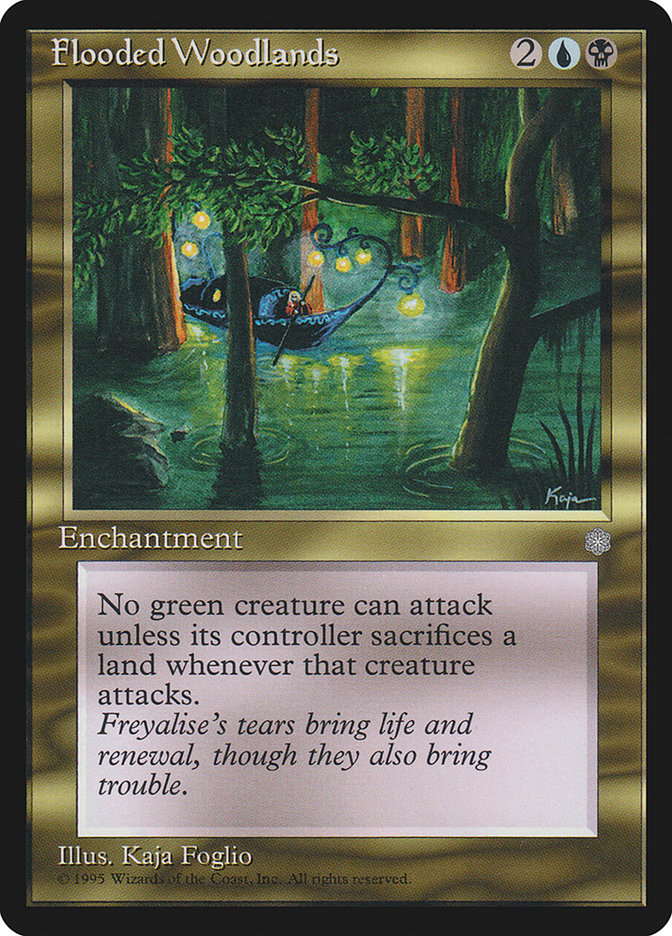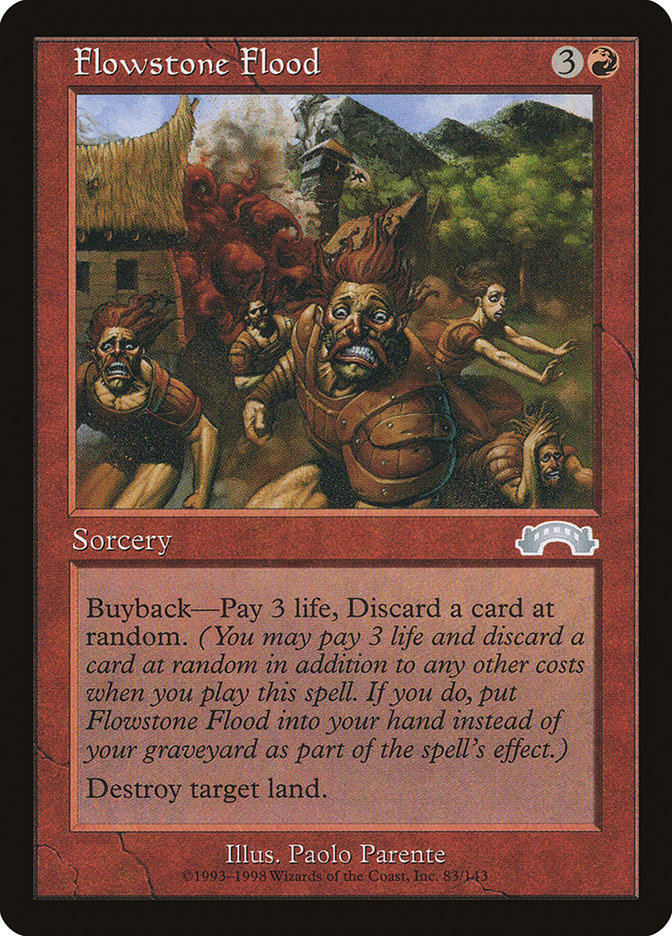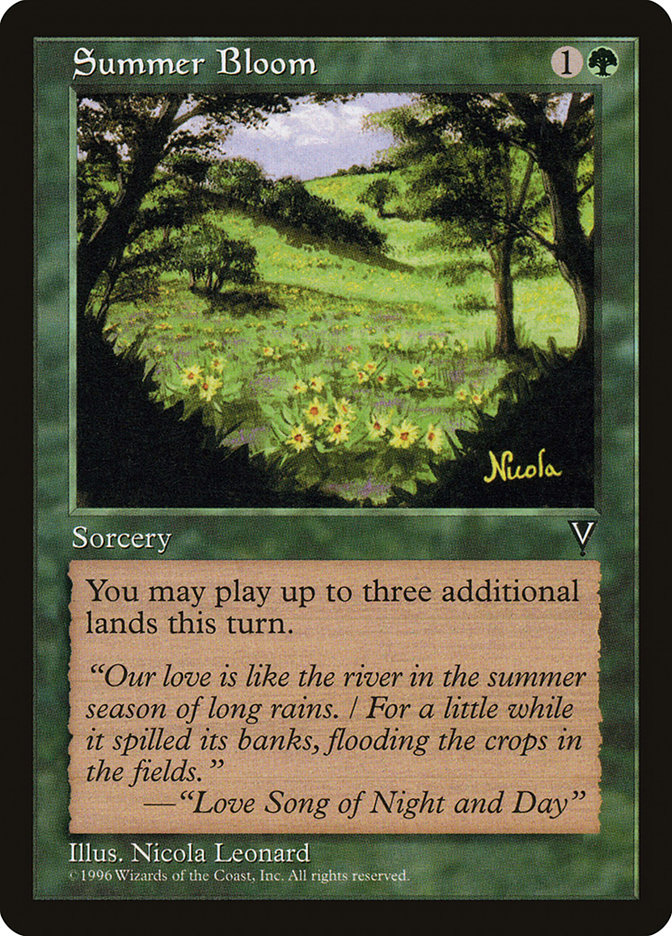Compared to the folks one and two states down in the Carolinas, I was pretty lucky over this past weekend.Hurricane Joaquin, though it fed moisture into the nor’easter that soaked the region, stayed offshore and did not
come to pay me a visit. The rain was not so bad as Mother feared. The flood, such as it was, did not reach me. I was
ready for the waters, mind you; I grew up spending summers on the banks of the Ohio River, which had aonce-a-generation flood in 1997, and I remember seeing the great waters of the Mississippi in 1993. You’ll never catch me being “that idiot” trying to cross a flooded
road.
After spending the vast majority of a weekend indoors, blinds closed to hide from the rain, I’ve drawn inspiration from my local weather for five
“mini-articles,” each covering part of the recent Piedmont weather experience.
Also, 80s music, because what else did you expect from me?
Bonnie Tyler
has some oddly specific requirements.
The Wind
There are dozens of winds and wind-related creatures depicted in Magic. Few of them are kind; the Blessed Wind card, for example, is part of a cycle that
also includes Plague Wind and Searing Wind.
Favorable Winds are kind, of course, but surely they do not come from the east, as Borrowing the East Wind (from
an incident in the Romance of the Three Kingdoms
)
turns out most destructive, and many spells are at risk from a nullmage who might decide to Scatter to the Winds.
If there is anything the “wind” trope is known for in green’s part of the color pie, it’s hating out flying creatures. Crosswinds. Freyalise’s Winds.
Katabatic Winds (aka winds with downward force). Shredding Winds. Wind Shear. Then there’s the simplest, bluntest of them all: Whirlwind.
Whirlwind’s words of wisdom: If you were born to fly, you were born to die.
Yet the winds can be gentle as well, such as the Winds of Qal Sisma, strangely pacifying in their fury. The Vitalizing Wind, too, gives strength beyond
imagining. Truly there is little the winds cannot do.
The Chill
The powers of ice are all across Magic, in every color via the Ice Age and even as a mainstream power for red in Kamigawa, as Glacial Ray demonstrates. The
chill is strongest in blue and black, however, as shown by a search for that word in card names.
The most famous card is named, simply enough, Chill — but the bane of red mages everywhere was not the first to use the term. Winter’s Chill was printed
all the way back in Ice Age, one of those unfortunate early cards that wasted a perfectly cromulent name on a narrow and color-pie-breaking
effect. (I think. That’s some weird Oracle text.)
After Winter’s Chill and Chill, the chilling moved from blue to black and got more metaphorical with Chilling Apparition and Chill Haunting. Coldsnap, as a throwback to the Ice Age setting, made the chill a touch more literal with Chill to the Bone and Chilling Shade. With
Shinen of Fear’s Chill the metaphor is obvious again, as it is on Chill of Foreboding, the word’s return to blue in Innistrad block.
Post-timeline-change Tarkir brings in Crippling Chill and literality once more.
This link is a rickroll. If you click it it’s your own fault.
Interestingly enough, moving from “Chill” to “Freeze,” there are only two cards incorporating that word into their names — and neither is just named
“Freeze.” (The cards are Brain Freeze and Flashfreeze.) “Freeze” is one of those punchy one-syllable words that’s probably being saved for the perfect
card. Also deserving of being saved? “Frost.” Look it up. A card named just “Frost” doesn’t exist.
The Rain
In Magic terms, Roanoke got lucky this past week with its precipitation. Not only did it not get the same volume of rain as places to the south, all that
fell on it was water.
Repeatedly, sir.
When it comes to destroying lands, Magic loves few tropes like the rain. Stone Rain fell upon lands from Alpha through Ninth Edition,
joined soon after in Legends by Acid Rain. The Tempest and Urza block were fond of the “Rain of X” construction, perhaps too
much so, with Rain of Salt (destroying two lands for the price of one card), Rain of Tears (destroying a single land, but colorshifted to black), and Rain
of Filth (also in black, but destroying — sacrificing, technically — one’s own lands).
The original Mirrodin block put its own metallic spin on land destruction. Molten Rain, a signature spell of Modern Burn for many years, tacks a
Shock onto the power of Stone Rain, while Rain of Rust also offers the chance to destroy an artifact.
The original Ravnica block got in on the “Rain of” action as well. Rain of Embers in Ravnica (the set) is a creature damage spell as
opposed to a land-kill spell, a different kind of rain akin to Rain of Blades and Rain of Daggers — the latter, in a bit of spell name inconsistency,
somehow far more destructive than a rain that also would include swords.
There’s something wrong here…
Guildpact
adds Caustic Rain, a Rain of Tears that exiles the land instead of “merely” destroying it, while in Dissension the Rakdos show as little respect
for naming conventions as any other convention with the lifegain-loathing enchantment Rain of Gore.
The rain isn’t all bad, though. There’s green to think about. Luminescent Rain, Refreshing Rain…sounds pretty nice, doesn’t it?
Oh.
The Storm
Ah, Storm. One of Magic’s most infamous mechanics, it lent its name to Mark Rosewater’s ” Storm Scale” and even managed to get a card
banned before it ever saw print in Legacy.
Arguably a precedent for Treasure Cruise and Dig Through Time: tune for Standard, ban in Legacy if needed.
While Storm cards — and more to my theme, cards with “Storm” in their names — appear in all colors, there are a handful of definite trends. Two of blue’s
three most defining cards, Brainstorm and Storm Crow, stoop to use the humble five-letter word, but a clear plurality of Storm names are in red.
Want a recent vintage? Arrow Storm brings the thunder and the rain. Looking for something more ancient? Desert Sandstorm offers that delicious Portal: Three Kingdoms flavor. There’s Cinder Storm and Comet Storm, and hello Dragonstorm!
But Firestorm can be countered with a Flusterstorm, or kept from being cast at all by a timely Ice Storm. Lightning Storm breaks the rules so badly, it
dares to mention the stack in its printed rules text!
Not all storms are happy or useful, though. As a proud artifact mage in Modern, Shatterstorm must be banned immediately. For the good of the game, mind
you. My motives are pure. (Do not doubt me, O mighty Storm Crow!) And if you’ve ever wondered what the difference is between a hurricane and a tropical
storm…
Tropical Storms don’t hit players. Duh.
The Flood
Before the card simply named “Flood” was printed, there was Flash Flood, an instant from Legends that did the exact opposite of setting a
precedent. Flood in the next set was an enchantment, a trend that continued with cards such as Chronic Flooding. In yet another case of early set naming
weirdness, only one of these land-sounding cards is actually a land:
Do the latter two sound like enchantments to you? Then again, I came to Magic years later and I’m used to Flooded Grove and Flooded Strand. Fortunately for
me, another “flood” card, not made of water but the nanorobots called “flowstone,” also was well
before my time. Doesn’t this look miserable to play against?
But floods in Magic, as in real life, are not all destruction and sorrow. The original
printing of Summer Bloom, which quotes the Magic poem ” The Love Song of Night and Day,” describes how a flood brings
water to crops in the fields. And when floods are metaphorical, as on Beacon of Immortality, the result can be blessed and beautiful.
Sweater Weather
Another Roanoke autumn is upon me. I’ve switched the thermostat from cool to heat. This weekend, I mean to bundle up and trundle out to the Star City Game
Center for a PPTQ featuring Super IQ prizes. New Standard. Exciting. Perhaps I’ll see you
there?
If the rain stays away, that is…


